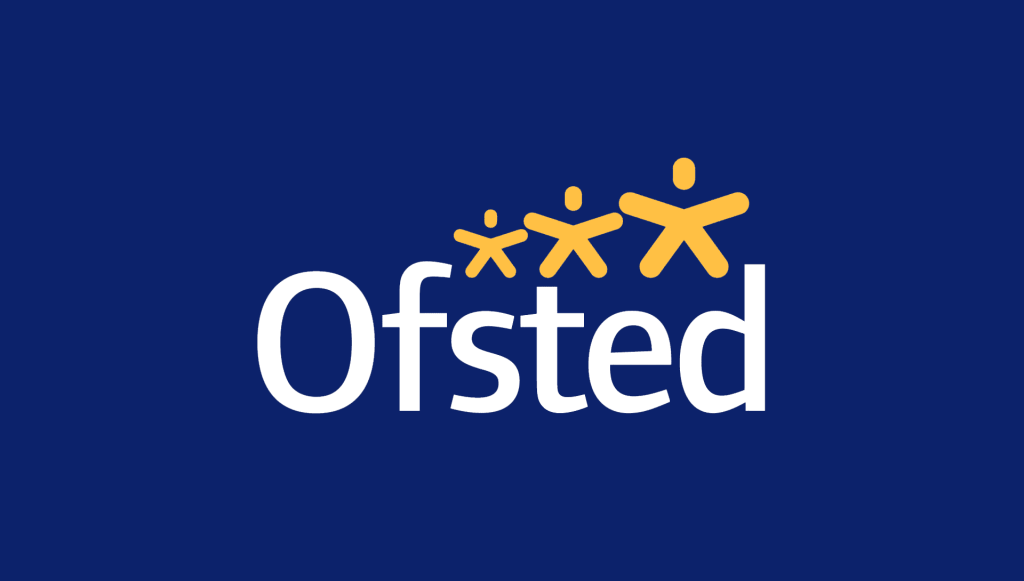Standard holiday entitlement in the UK is 5.6 weeks, which include all Bank Holiday, pro rata for part time workers. But what does this mean? When does it start? What if you work part time or varying days or reduced hours for part of the year or term time only?
If you work full time you will get 4 weeks holiday and the 8 ordinary Bank Holidays (New Year’s Day or the following Monday, Good Friday, Easter Monday, the early May Bank Holiday, the Spring Bank Holiday, the August Bank Holiday, Christmas Day or the following Monday and Boxing Day or the following Monday or Tuesday). This give you a total of 28 days holiday.
To calculate your holiday entitlement for part time work, where you work the same days and hours each week you simply divide those 28 days by 5 to get a figure for 1 day per week and multiply by the number of days you work – so for 3 days it would be (28 days / 5 x 3 days)
1 day = 5.6 days or 1.12 weeks
2 days = 11.2 days or 2.24 weeks
3 days = 16.8 or 3.36 weeks
4 days = 22.4 or 4.48 weeks
Holdiay can be rounded up, but not down.
If you work term time only then you can use a similar calculation substituting weeks for days. In this example we’ll assume that there are 39 school weeks, so you get 4.2 weeks holiday (5.6 weeks / 52 x 39 weeks). If you have to take your holiday outside of term time then you may have an arrangement that you are paid in lieu of holiday. Alternatively you may be employed for 44 weeks of the year to allow for the holiday to be taken during your period of employment.
If you work different hours on different days but still work a fixed number of days per week you may find it more useful to calculate your holiday in terms of hours. For example Monday and Tuesday are 10 hour days but Wednesday, Thursday and Friday are 5 hour days. Taking 5 Mondays off would give double the amount of time not worked but still use the same amount of holiday. To calculate holiday in hours just add up the number of hours over a week, in this case 35, and multiply that by the number of weeks holiday entitlement, in this case 5.6, giving 196 hours (35 x 5.6).
The same principle applies if you work part-time in term time and full time in school holidays. In this case you need to calculate the number of hours worked over a year, for example 4 hours per day, 5 days per week for 39 weeks per year ( 4 x 5 x 39,) which is 780 hours, and 10 hours per day, 5 days per week for 13 weeks per year (10 x 5 x 13), which is 650 hours, giving a total of 1430 hours per year. This is then divided ny 52 to get the average weekly hours (1430 / 52) which is 27.5 hours and mulitplied by the weekly allowance for a full week, 5.6, to give 154 hours holiday a year. That means 15.4 days if taken in school holidays or 38.5 days if taken in term time – quite a difference!
If you work varying hours and can’ establish a weekly average then it may be best to calculate holiday using the accrual method, so for every hour you work you earn 12.07% of an hour as holiday.
Holiday is distributed according to a leave year. This is usually specified in the contract, and many run from 1st January to 31st December, with a pro rata allowance for the first and final years. That means if you leave a job after working 10 weeks you will get 1.1 weeks holiday (5.6 weeks / 52 x 10 weeks).
We hope this helps you to make sense of your holiday entitlement, and remember you can always post on our messageboards to get advice from other nannies specific to you.





